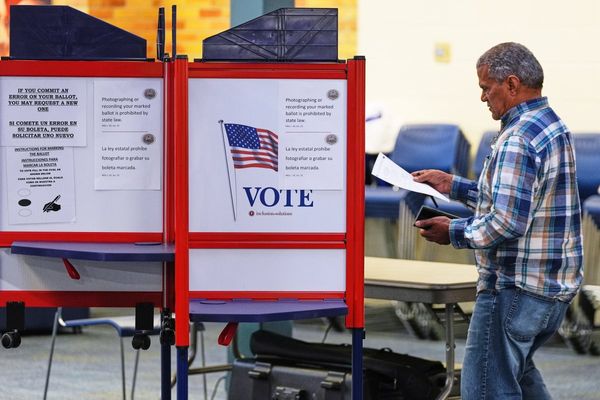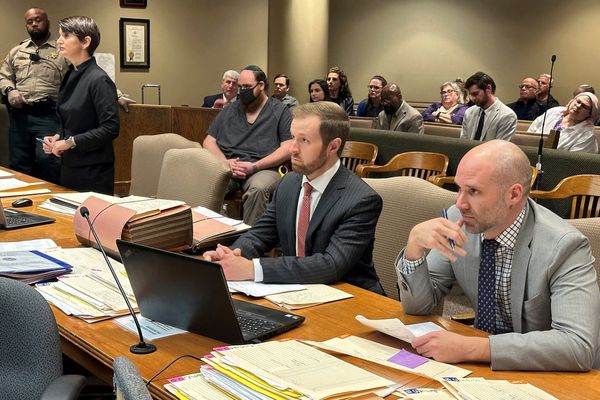
THE Scottish Government’s latest Government Expenditure and Revenue Scotland (GERS) report were published on Wednesday morning.
This estimates the difference between what Scotland raises via taxation and what is spent on its public services.
Last year, figures showed Scotland’s public spending deficit sat at £36.3 billion, which was more than double the £15.1bn recorded the year before.
Below is some of the basics you need to know about the report including how it started and if it tells us anything about what Scotland would look like if it was independent.
How did GERS start and what is it used for?
GERS figures were first published in 1992 under the UK prime minister at the time, John Major.
Conservative ministers in the Scottish Office believed it could help inform the debate on devolution, specifically hoping it would help them make a case against it .
At the time of the independence referendum in 2014, the Government’s white paper described GERS as “the authoritative publication on Scotland’s public finances”.
The SNP’s Growth Commission blueprint for the finances of an independent Scotland also accepted the GERS figures as its starting point.
The Scottish Government’s website says the main aim of GERS is to “enhance public understanding of fiscal issues in Scotland”.
Who produces the report?
Since 1999, the figures have been compiled by statisticians within the Scottish Government.
However, GERS is a National Statistics publication, which means that it is independently assessed and produced away from any political influence or interference.
Do they tell anything about a future independent Scotland?
The short answer is not really. GERS figures are used to illustrate the health or weakness in Scotland’s public finance based on its existing position within the Union.
They could, however, be used as a starting point for a debate about the affordability of public services if Scotland was to vote Yes.
The figures have been used in the past by both pro-independence and pro-Union voters to make their cases.
How is it calculated?
The Fraser of Allander Institute has pointed out that data on the spending side of the equation is not estimated although some UK spending is allocated on a proportional basis.
The total spend is ultimately made up of Scottish and local government services as well as UK welfare spending and pensions in Scotland.
It also takes into account UK Government spending in non-devolved areas in Scotland including defence, as well as allocating a proportion of the UK's debt interest payments to Scotland.
When it comes to revenue, there have been complaints that the data used is not collected for Scotland and has to be estimated from UK figures.
However, this has been less of an issue in recent years with Scottish income tax, council tax, business rates, the profits made by Scottish Water, landfill tax, land and building transactions tax and local authority user charges and fees included.
Other revenues - particularly those gathered by HMRC - need estimation.
The Fraser of Allander institute says "estimates are not unusual in economic statistics".







